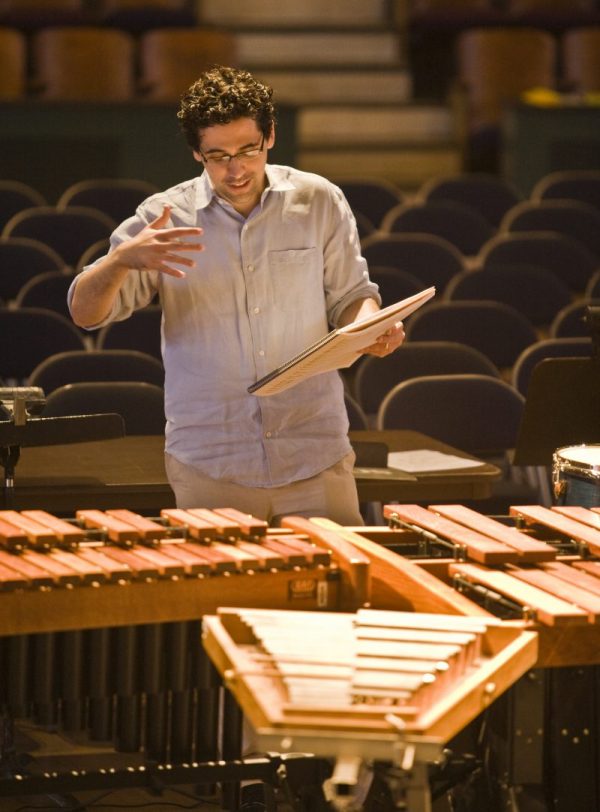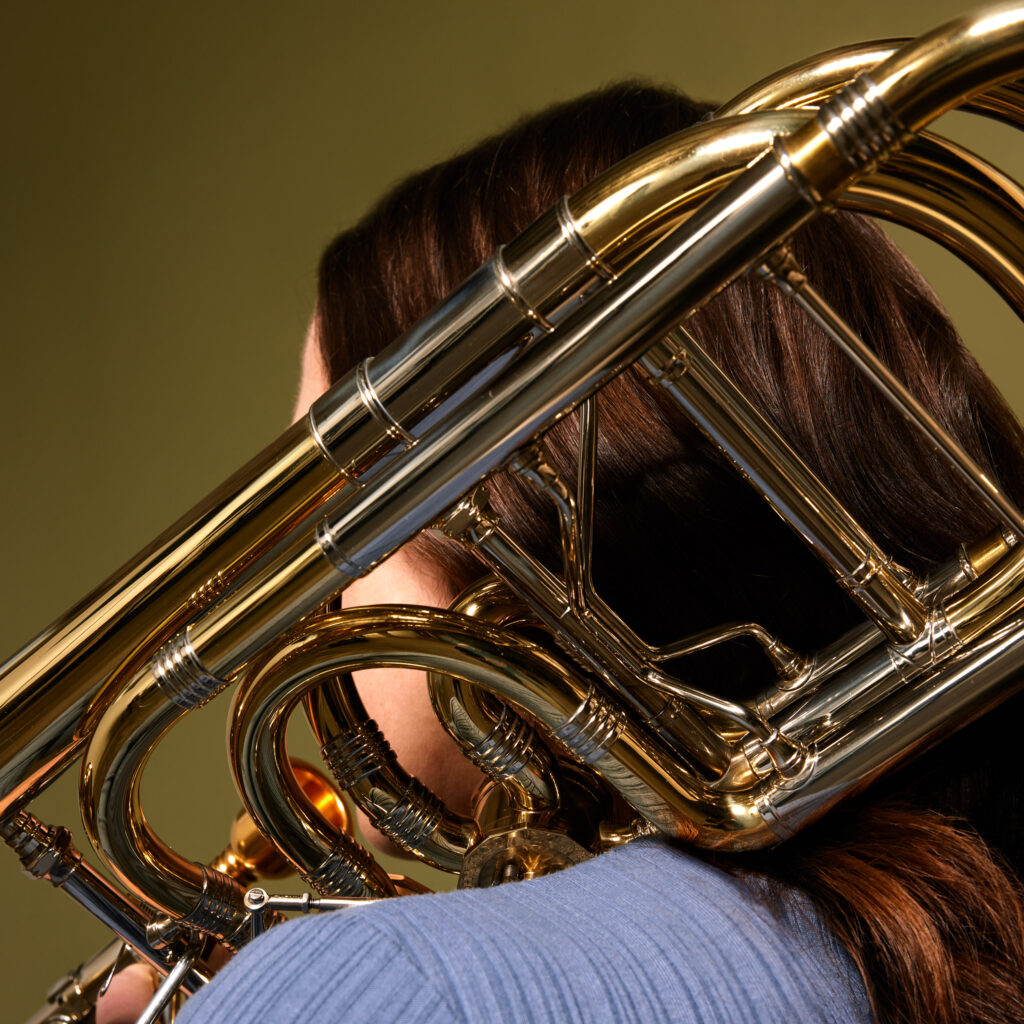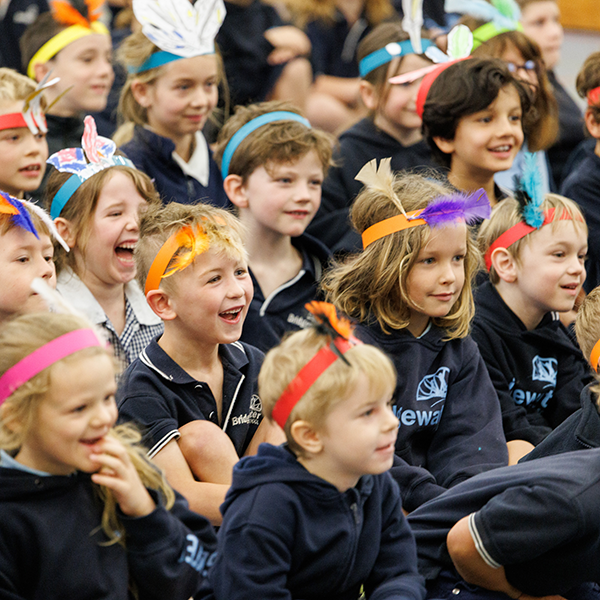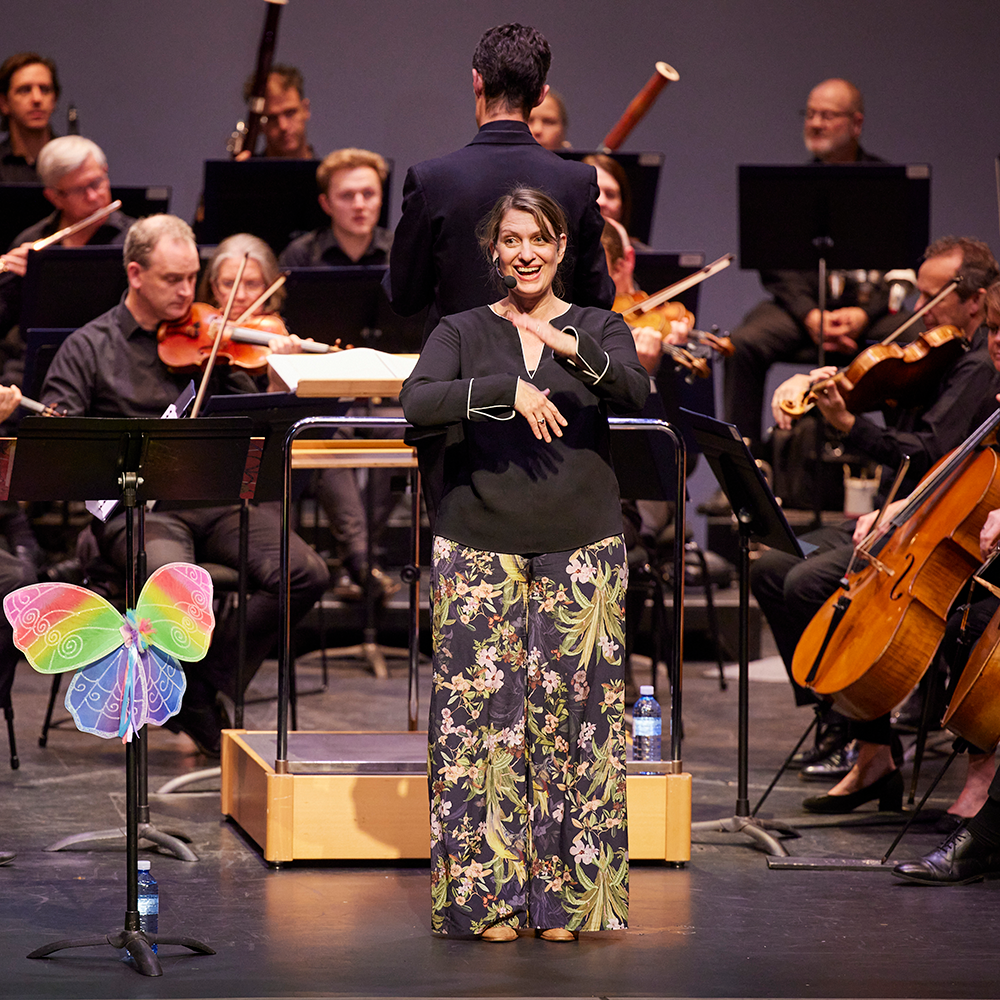Talking Composing with Avner Dorman
- Behind the Scenes
- Meet the Artists

Pinchas Zukerman recently turned 70, and as our highly esteemed Artist in Association, we wanted to give him something special to celebrate – something we could all share. No, not a birthday cake (can you imagine the logistics?)… but a birthday concerto!
Who better to compose such a special concerto than Avner Dorman? He spent his formative years in Israel hearing Pinchas Zukerman performing with the Israel Philharmonic Orchestra as regularly as he could, and was further enchanted years later when he heard Pinchas and Amanda playing together.
Avner Dorman writes music of intricate craftsmanship and rigorous technique, expressed with a soulful and singular voice. The world’s finest orchestras, conductors, and soloists regularly perform Dorman’s music, and many of his compositions have become contemporary staples in the repertoire.
Here, Avner reflects on the piece he has written. You can witness this World Premiere performed at Winter Fire, 27 – 29 June at Adelaide Town Hall
Double Concerto
I. Tempo giusto
II. Adagio recitativo –
III. Presto
When I was first approached by Pinchas Zukerman and Amanda Forsyth to write a double concerto for them, I was ecstatic. I grew up admiring Zukerman’s playing, hearing him at the Israel Philharmonic as often as I could. Hearing the two of them play together years later was completely enchanting. I wanted to write a piece that explored the relationship between the two soloists — not only their instruments. How do they interact with one another? What is the interplay between the soloists and the orchestra? How does a modern day concerto reflect both a long musical tradition and our present time?
The piece is neo-classical in some aspects. It follows a general fast-slow-fast three movement structure, and there are contrasting themes in each movement. Each movement develops these themes throughout the form. The soloists begin the piece almost wistfully, with a certain sense of nostalgia for older concertos. Against that longing for the past, the orchestra pushes for modern rhythms, harmonies, and orchestral colors.
In the first movement, the soloists oscillate between fighting against the orchestra and joining its exciting harmonies and rhythms. While the orchestra adopts some of the older materials that the soloists present, it ultimately engulfs them with its drive. At the outset of the second movement the soloists try again to return to the past. They play a sweet melody in octaves accompanied by a simple Alberti bass, and for a period of time this seems to work. Yet this time, it is the cello who strays away from the original theme. The soloists no longer appear as a unified group; their conflict leads to an intimate duet. At the conclusion of the movement the conflict subsides, and the soloists seem to find a new way to coexist, with the orchestra now in support of their reunification. The third movement is both energetic and expressive, and all voices seem to have found a way to cooperate and exist together. The two main themes no longer yearn for the past, now allowing a playful interplay between the soloists as a group with the orchestra. Each of the soloists gets the opportunity to shine individually, at times with interjecting allusions to the past (quotes and misquotes alike). By the conclusion, this nostalgia has passed, and in its place is an acknowledgement — a tribute, celebrating the relationships, the individuals, and the history of the concerto.
– Avner Dorman, 2019




